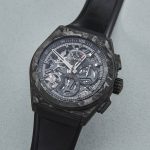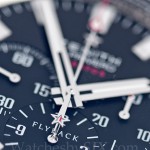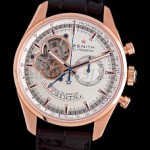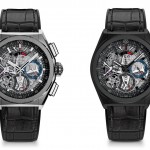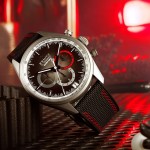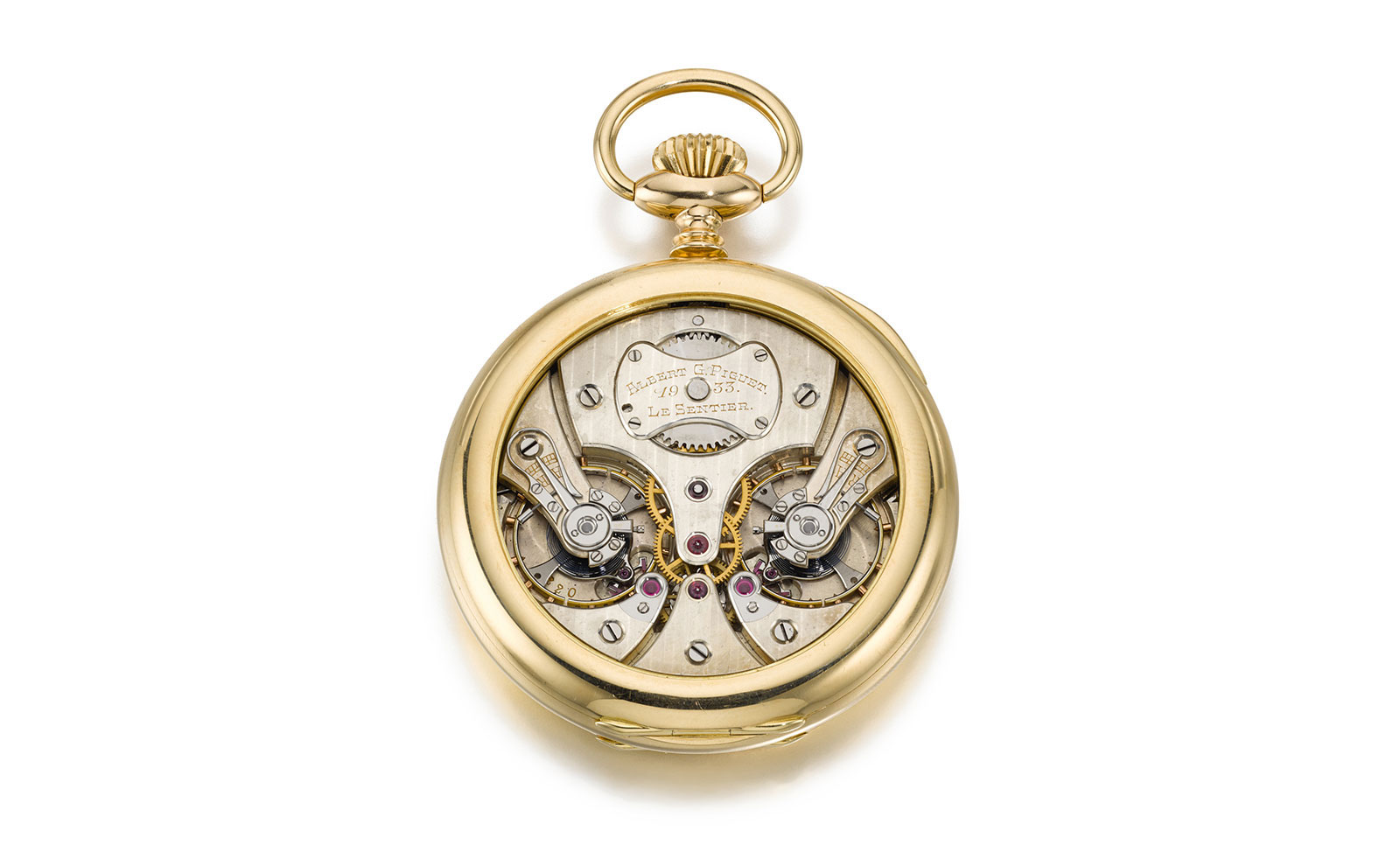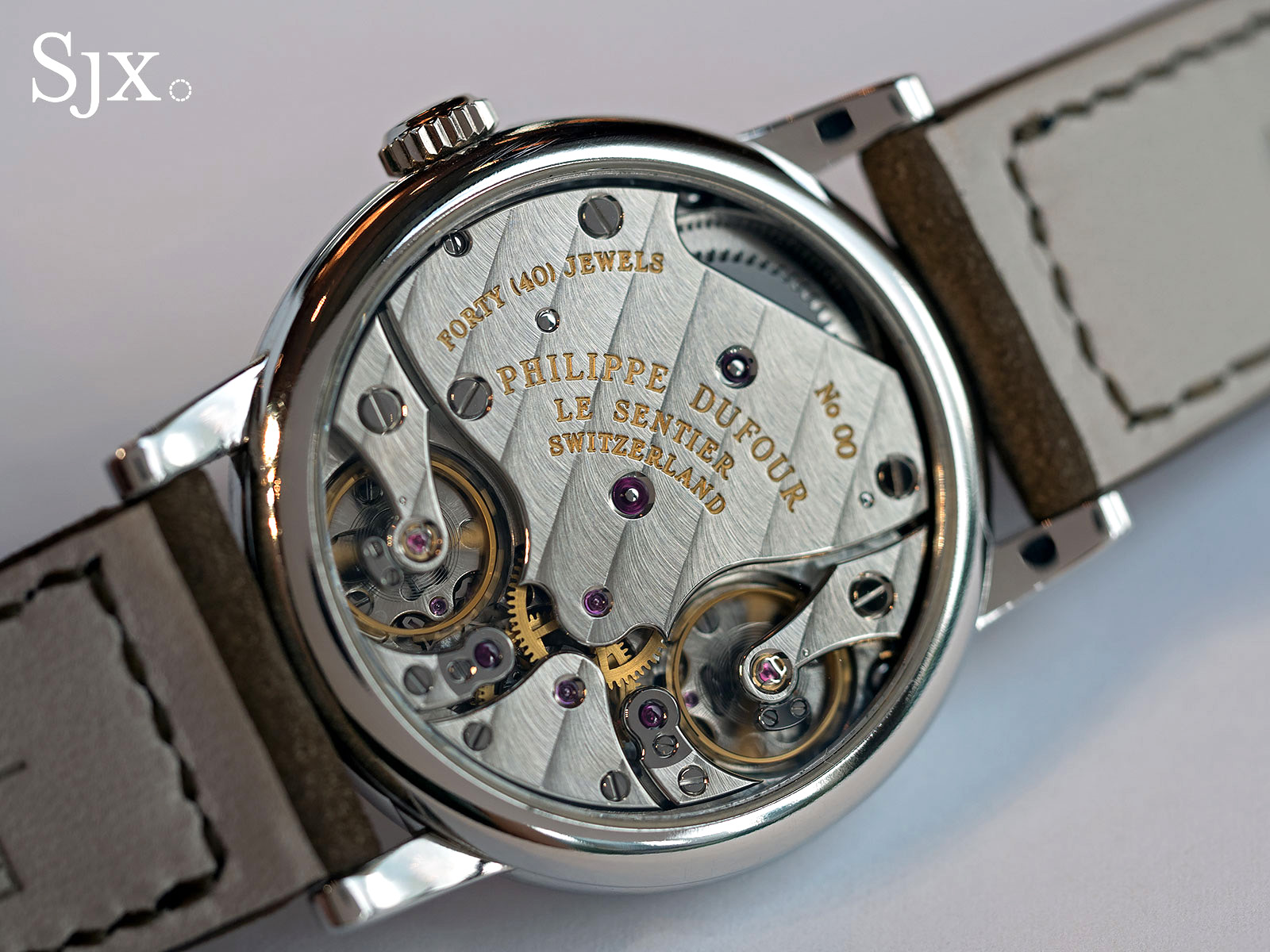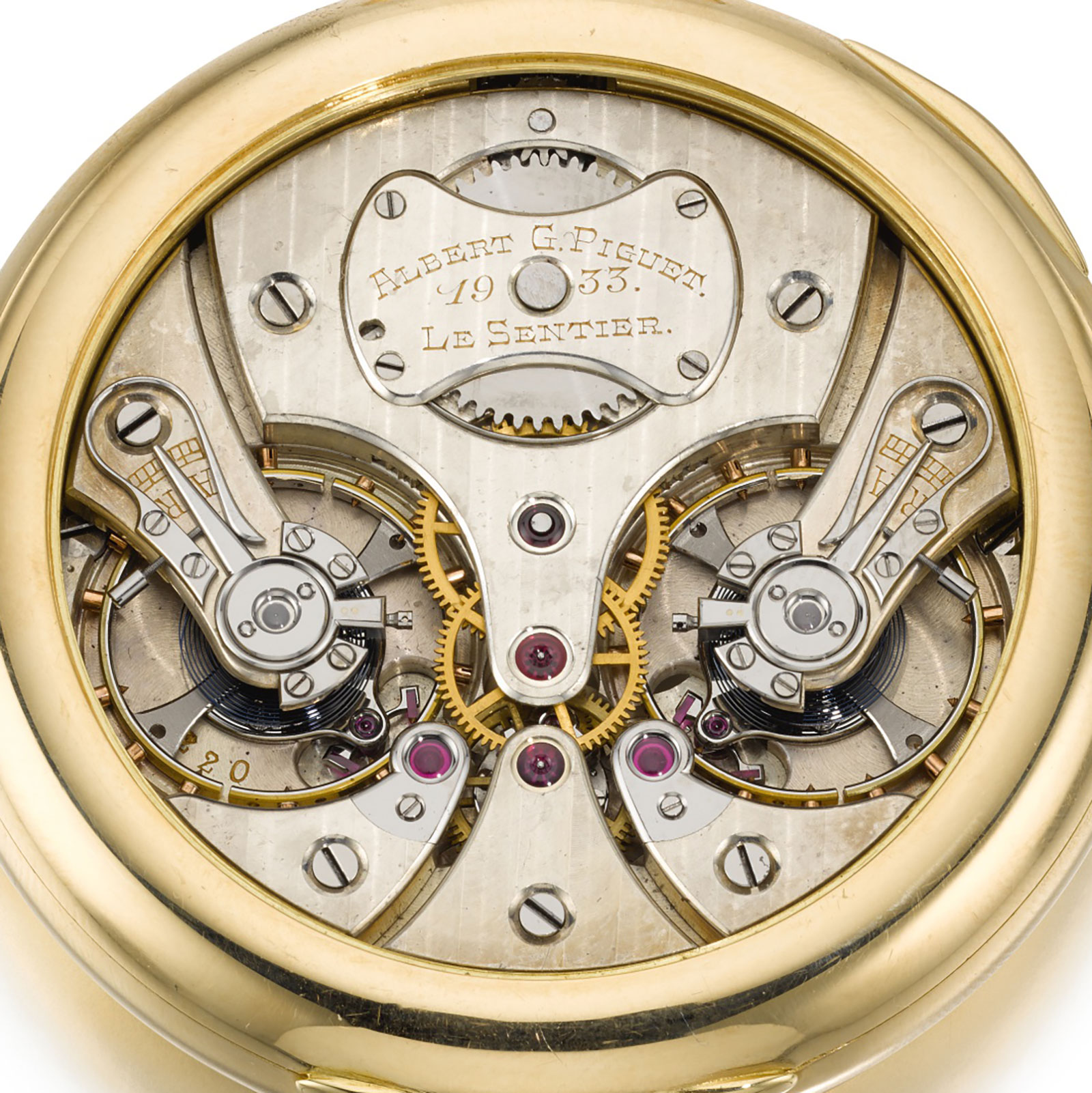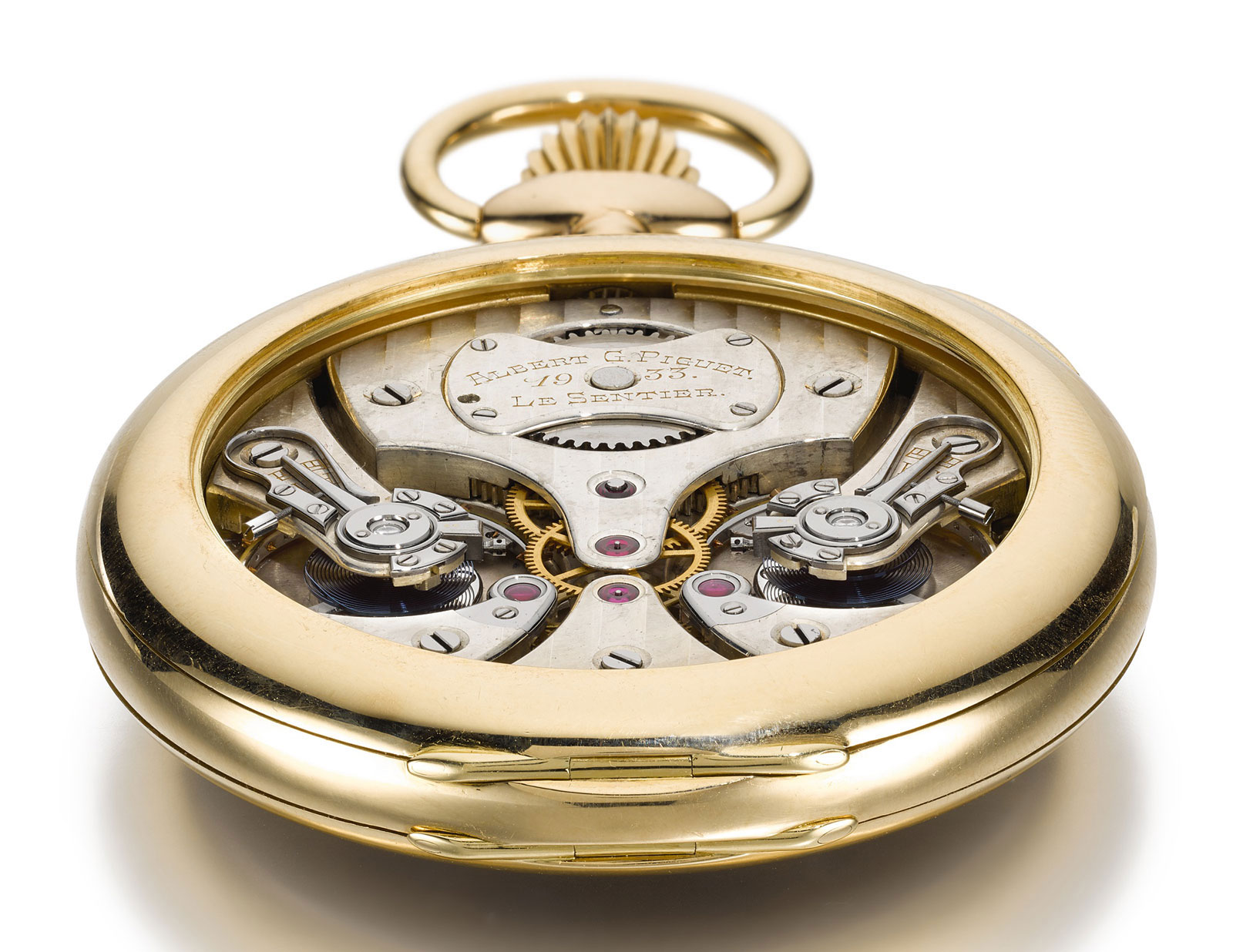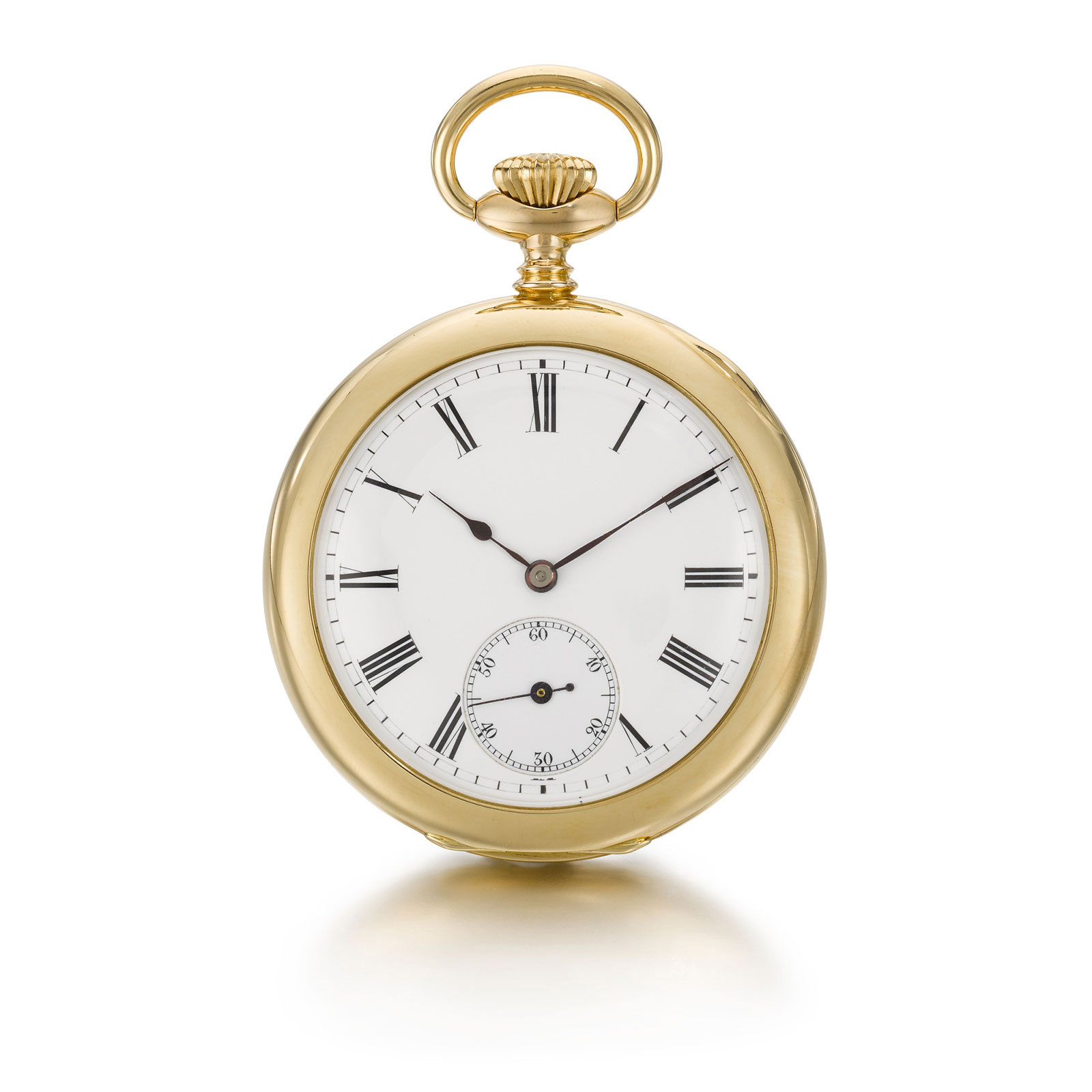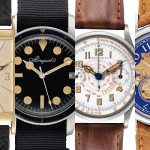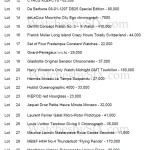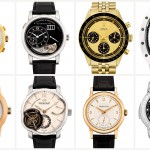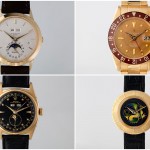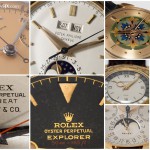Zenith Introduces the Defy El Primero 21 Southeast Asia Editions
For Singapore, Indonesia and Malaysia.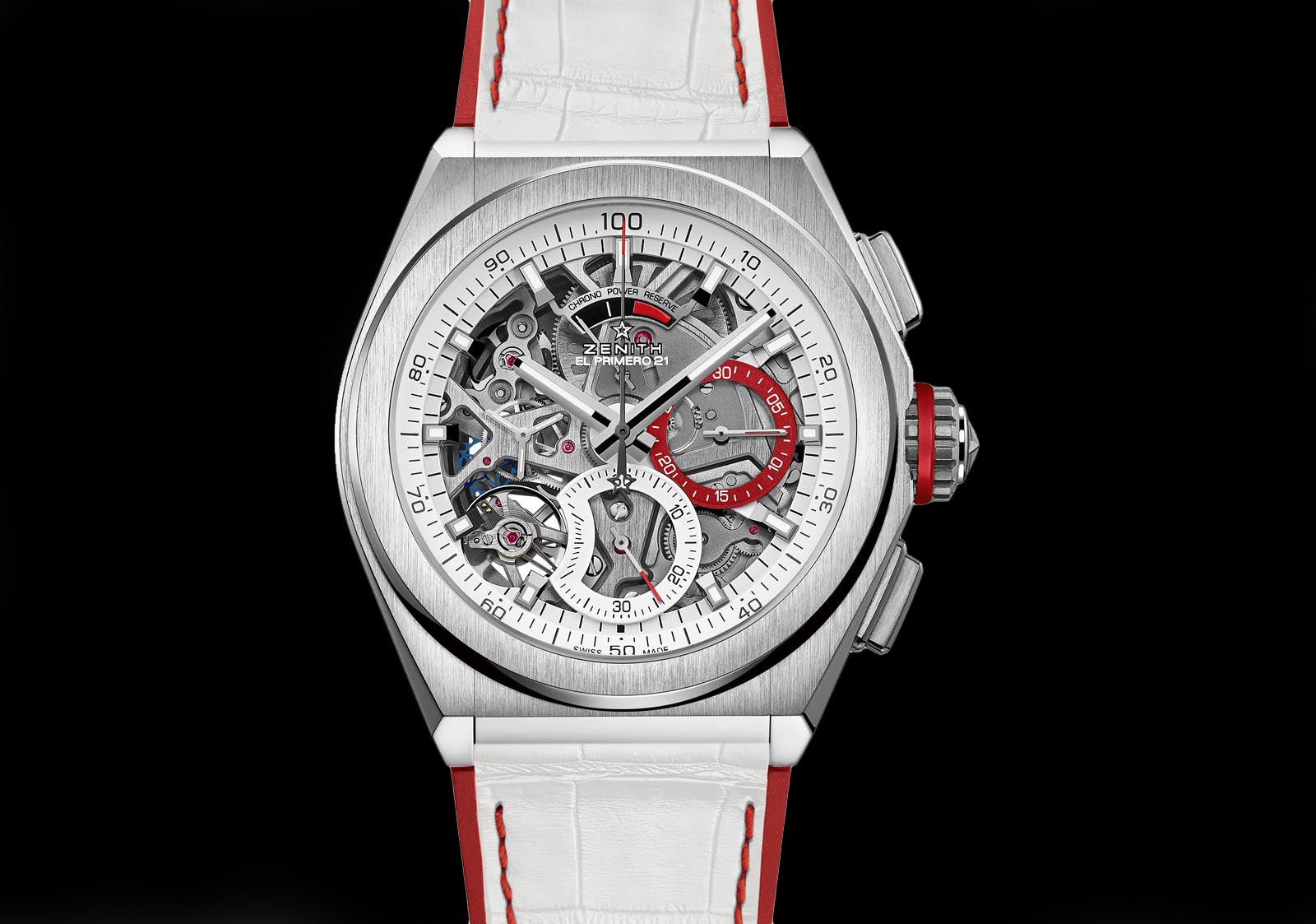
Produced for the key markets in an important region, the Defy El Primero 21 South East Asia Edition is based on Zenith’s well-priced, 1/100th of a second chronograph, with one edition each for Singapore, Indonesia and Malaysia. All three watches share the same red and white livery – reflecting the colours found in each country’s national flag – but with a respective national landmark printed on the case back.
The Defy El Primero 21 is one of two true 1/100th of a second chronographs on the market that are serially produced – the other being the Mikrograph produced by Zenith’s sister company TAG Heuer. Both share a similar movement architecture, but the Mikrograph came first and inspired the construction of the Zenith calibre.
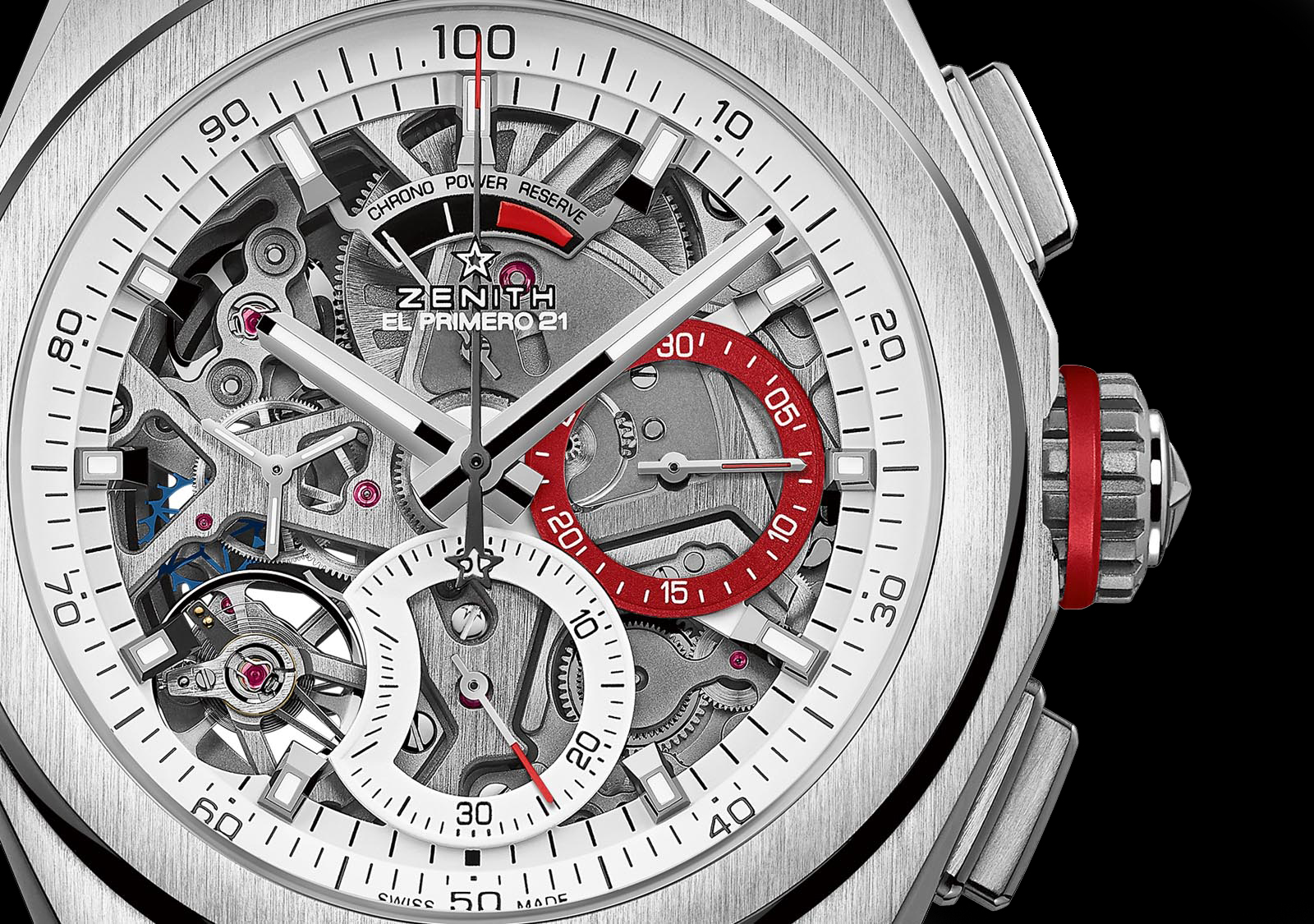
Landmarks
The colour scheme of the trio is a nod to the flag of each country, all of which happen to include red and white. The power reserve, minute counter, chronograph hands and crown are accented in red.
The watch is otherwise mechanically identical to the standard version. It is powered by the self-winding El Primero 9004 movement, which utilises two independent sets of mainsprings, gear trains and balance wheels.
The timekeeping escapement runs at a frequency of 5Hz, while the chronograph escapement runs at 50Hz, allowing the watch to resolve to 1/100th of a second.
And more so important in a high frequency movement, the escape wheels – the fastest rotating wheel in the transmission system – and pallet forks are made of silicon, which operates without friction and requires little energy, being less than a third the density of steel.
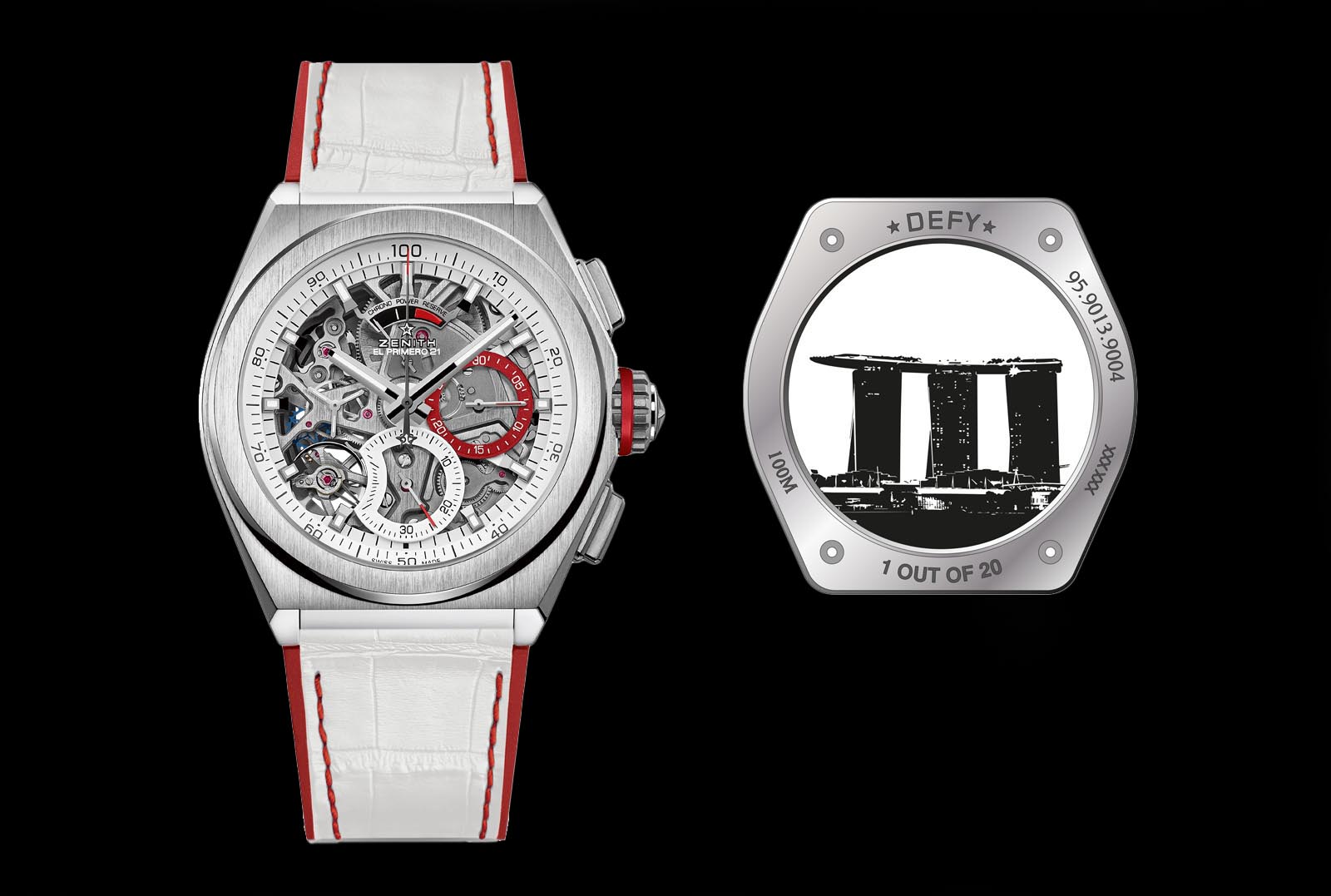
The Singapore edition, with the Marina Bay Sands casino complex on the back
The movement is equipped with an openworked star-shaped rotor that is visible through a sapphire case back, which has been printed with an iconic landmark – Marina Bay Sands building for Singapore, the Petronas Twin Towers for Malaysia, and the Borobudur temple for Indonesia. And each watch is fitted with an alligator strap that echoes the colours of each country’s flag.
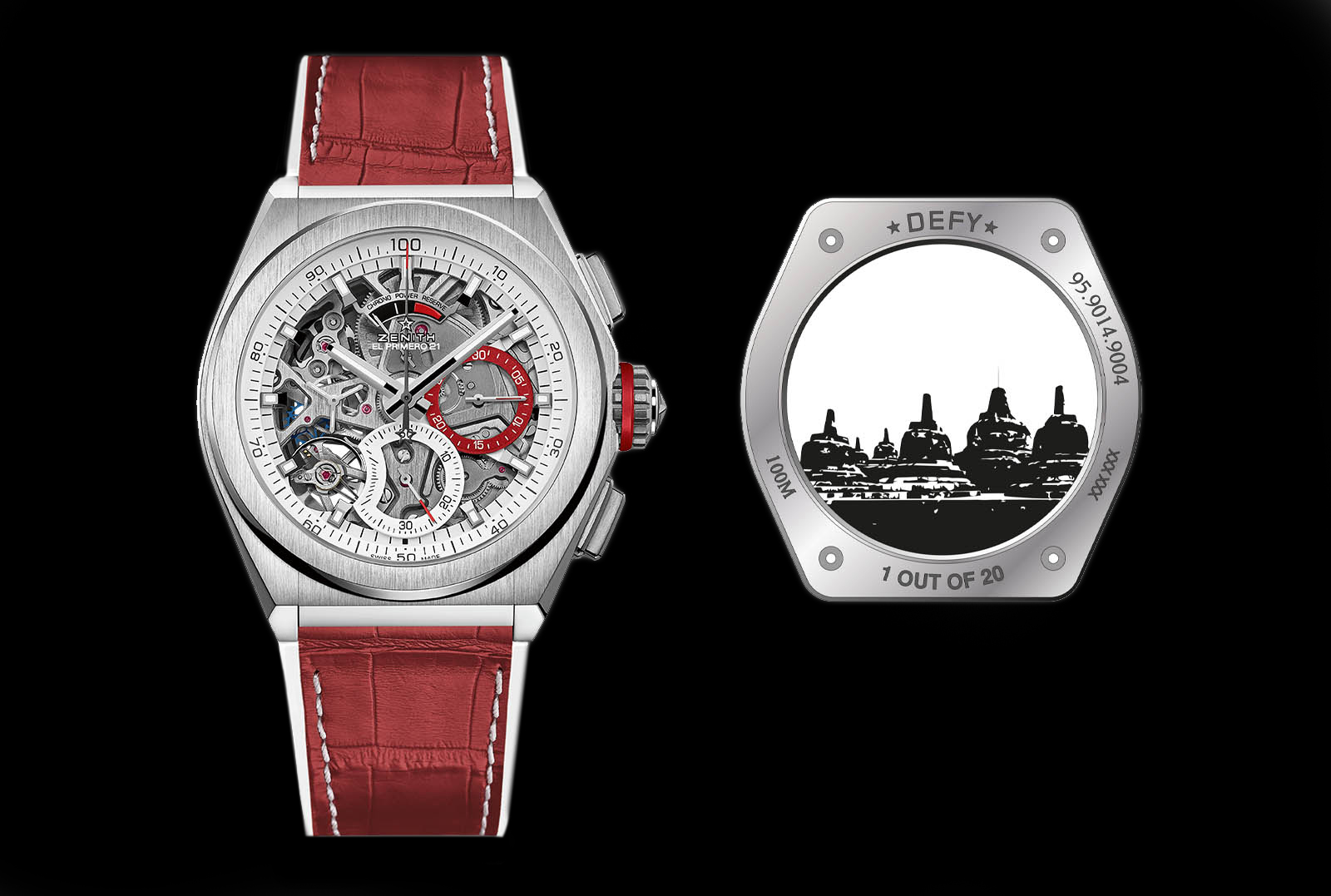
The Borobudur temple on the Indonesia edition
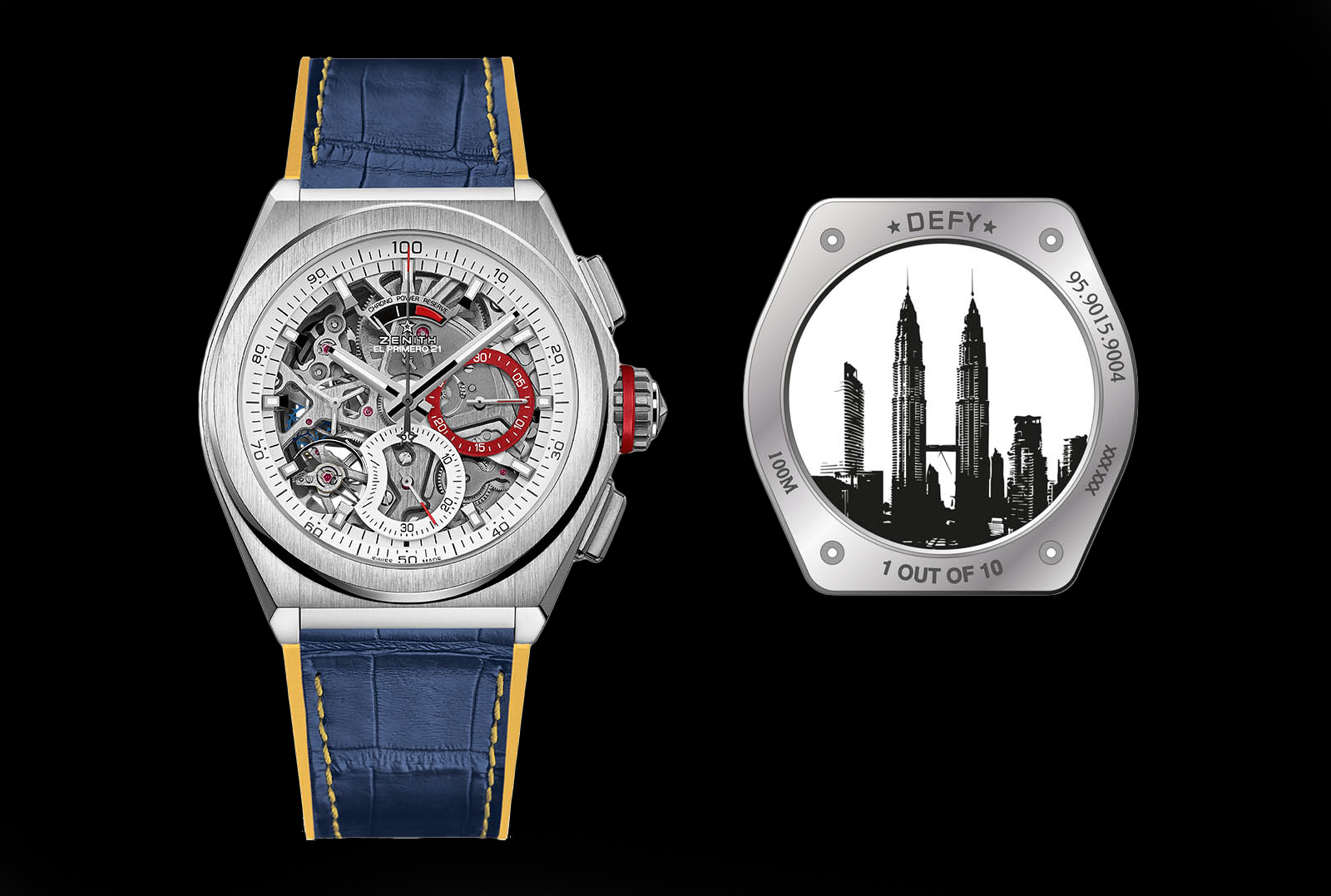
The Malaysia edition, with the Petronas Twin Towers
The dimensions of the watch remain unchanged at 44mm in diameter and 14.4mm in height due to the movement’s dual architecture. However, the case is made of titanium, which keeps the watch lightweight despite its size.
Key facts and price
Zenith Defy El Primero 21 SEA Editions
Singapore Edition Ref. 95.9013.9004/75.R932 – Limited to 20 pieces
Malaysia Edition Ref. 95.9015.9004/75.R934 – Limited to 10 pieces
Indonesia Edition Ref. 95.9014.9004/75.R933 – Limited to 20 pieces
Diameter: 44mm
Height: 14.4mm
Material: Titanium
Water resistance: 100m
Movement: El Primero 9004
Functions: Hours, minutes, 1/100th of a second chronograph, chronograph power reserve
Winding: Automatic
Frequency: 36,000bph, or 5Hz
Power reserve: 50 hours
Frequency of the chronograph balance: 360,000bph, or 50Hz
Power reserve of chronograph: 50 minutes
Strap: Alligator over rubber
Limited edition: Singapore 20 pieces, Malaysia 10 pieces, Indonesia 20 pieces
Availability: Will only be available in Singapore, Malaysia and Indonesia from early December onwards
Price: 19,000 Singapore dollars (Singapore edition); 53,020 Malaysian ringgit (Malaysia edition); 221,540,000 Indonesian rupiah (Indonesia edition)
Back to top.

